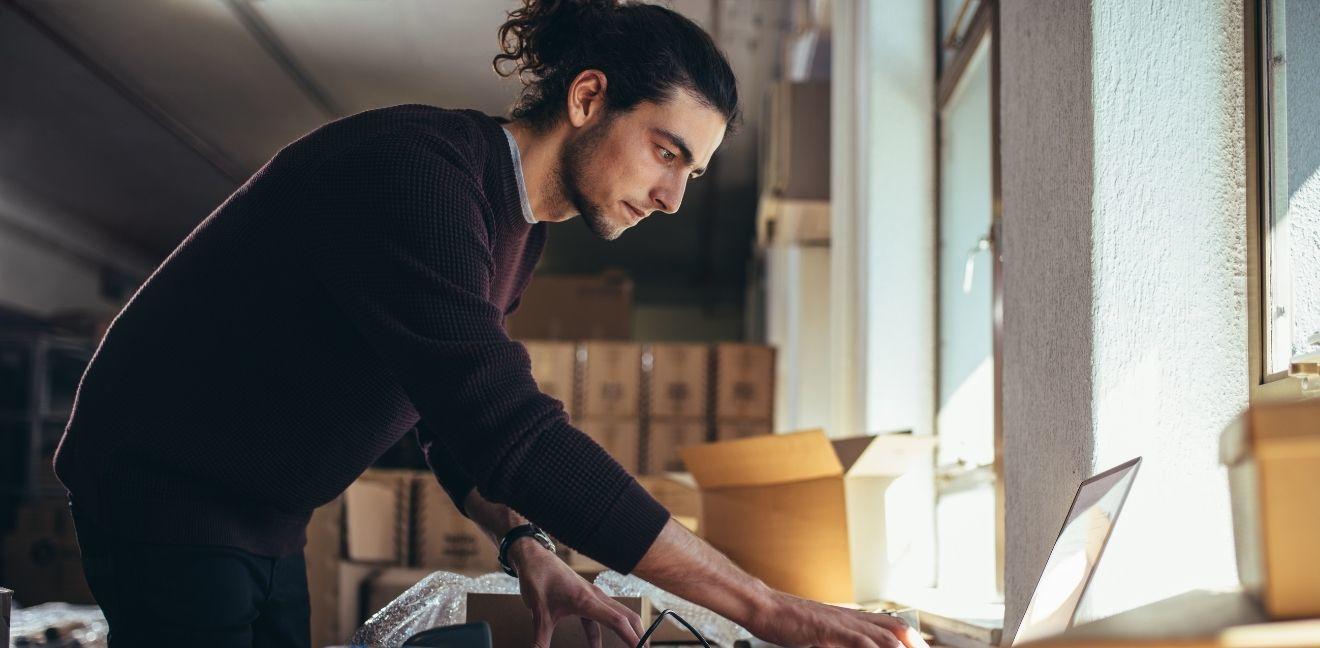
Discover how in-store pick-up can drive sales
One in three Australians have tried it over the past 12 months, and one in five of us have done it in the last month alone. Click and collect shopping is on the rise – and the pandemic-induced trend looks set to stick around for the long haul.
Neatly straddling the worlds of online and bricks-and-mortar shopping, click and collect allows shoppers to choose and buy products online and then pick them up (or collect them) in person.
For consumers it’s not only a timesaver, but a method that bypasses delivery costs and delays – and offers more control for the busy shopper. In post-lockdown times, it’s also a way for retailers to manage how customers interact with their physical stores.
“Consumers are looking for convenience,” says Anastasia Lloyd-Wallis, head of consumer insights at Retail Doctor Group Australia. She adds that this type of shopping has particular appeal to the “just-get-it-done” shoppers, as well as those who want reliability and security.
Research by Retail Doctor Group has shown that customers who tried click and collect for the first time during COVID-19 have quickly grown used to the service and, crucially, will continue using it.
“Consumers are looking for convenience”
Work out your ‘why’ for click and collect
One of the appeals of curbside pickup is the variety of ways in which it can work, from unique in-store experiences to contactless, 24-hour locker pick-up.
No matter the size or type of store, rolling out this service is about understanding what both the retailer and customer want from the set-up, explains Lloyd-Wallis. Above all, know your customer and know your end goal.
Do they own cars? Do they shop socially? If the aim is to boost sales of additional items, it makes sense to encourage the consumer to select and collect products from within the store, so they can browse before picking up their purchase. Shopping in-store also increases the likelihood that customers will make impulse purchases near the checkout.
If the aim is to drive sales by making the collection of products as frictionless as possible, there is no need to draw the customer into the store. Instead, retailers can look to options such as Dan Murphy’s number-plate recognition service, where orders are placed directly into customers' car boots without shoppers needing to leave their vehicle. Bunnings has a similar service, while Coles allows shoppers to pick up groceries from refrigerated lockers, addressing social-distancing guidelines and convenience in one stroke. Another option is a parcel pick-up and drop-off network like Parcel Locker or HUBBED, where customers can opt to have items sent to one of 2000 pick-up points around Australia.
Put pickup processes in place
Once you’ve identified what you want to achieve from click and collect, the next step is setting up the necessary processes.
Retailers must decide where orders will be fulfilled from – whether it’s a central distribution centre, store inventory or whether products can be transferred between shops. The next question is, how long will it take to get orders ready? Some retailers, such as fashion store Cue, promise to prepare click-and-collect orders within as little as 30 minutes; others, like high-end boutique Tuchuzy, will have goods ready within a certain timeframe (2-4pm) as long as purchases are made before 10am.
Next, staff must be trained – and your policy must be clearly communicated on your website, so that customers understand, for example, that they need to bring their order confirmation into store.
Many ecommerce platforms, including Square Online, allow retailers to integrate curbside pickup into their online store. This means that when customers simply choose the "in-store pickup" option on the checkout page.
For some retailers, offering click and collect will require an update of their online capabilities. This was the case for Brisbane’s Shays Shoes, a family business that was established in 1901.
“Things have changed quite a bit since my grandfather's older brother started the business,” says owner Wayne Shay. “Technology is the way of the future and click and collect is another avenue for people.”
“Technology is the way of the future and click and collect is another avenue for people”
His end goal is to give his young customers a quick and easy way to buy. So, he changed Shays’ point of sale system so that payment methods and click and collect were seamlessly combined, giving the user the option to buy via an app or the shop’s website. Orders are processed in-store and customers can collect their items within minutes.
As he watches the boom in e-commerce put pressure on post and couriers, he expects more shoppers to take advantage of click-and-collect options to secure their purchases this Christmas. “If people can go to their local stores, they will – especially now that they’re allowed to move around more freely.”
FAQ about Click and Collect:
How does Click and Collect work?
- Your customer places and pays for their order online or via phone, and chooses where and when they’d like to collect it.
- You then prepare the order.
- Your customer receives a notification - for example via email or text message - to confirm that the order is ready to collect.
- Your customer visits your store and collects their item.
Is Click and Collect the same as curbside pickup?
Yes, click and collect is also called local pickup, curbside pickup and buy online, pickup instore (BOPIS).
Can you offer Click and Collect with Afterpay?
Yes. Your customers pays with Afterpay online and picks up the item.
All references to any registered trademarks are the property of their respective owners. Afterpay does not endorse or recommend any one particular supplier and the information provided is for educational purposes only.
Categories